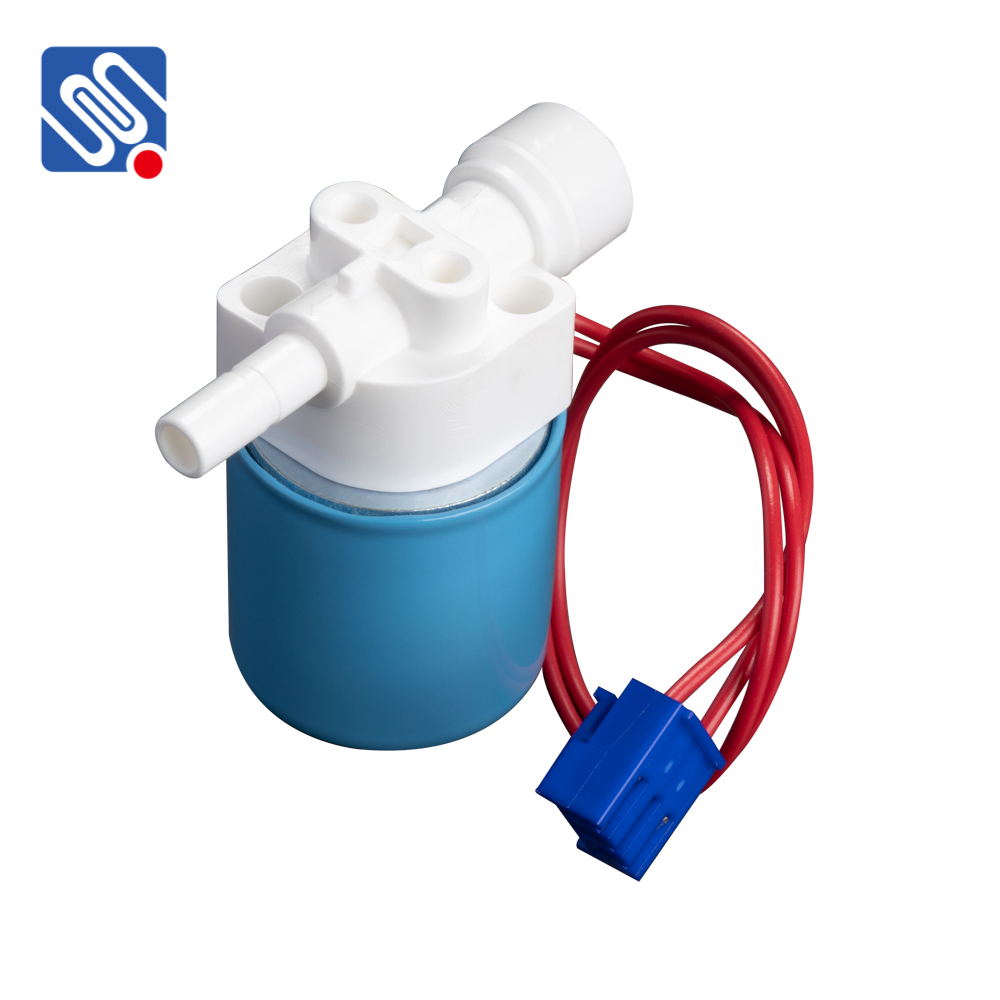Reverse osmosis (RO) water treatment systems are widely used for purifying water by removing contaminants and providing clean, safe drinking water. One of the key components that ensure the efficient operation of these systems is the RO solenoid valve. The RO solenoid valve plays a critical role in controlling the flow of water within the reverse osmosis system, ensuring that the entire filtration process is smooth, efficient, and effective. In this article, we will explore the functionality, benefits, and importance of the RO solenoid valve in water treatment systems.

What is an RO Solenoid Valve? An RO solenoid valve is an electrically operated valve used in reverse osmosis water filtration systems to control the flow of water. It works based on the principle of electromagnetism, where an electrical current is passed through a coil to generate a magnetic field that either opens or closes the valve. This precise control mechanism allows for automated regulation of water flow, which is essential for the proper functioning of the RO system. How Does an RO Solenoid Valve Work? The operation of an RO solenoid valve is simple yet effective. The valve is connected to the RO system and is typically installed in the water inlet or outlet lines. When the system detects the need for water to flow, it sends an electrical signal to the solenoid valve. The electromagnetic coil inside the valve is activated by the electric current, causing the valve to open and allow water to pass through. Conversely, when the electrical signal is turned off, the magnetic field dissipates, causing the valve to close and stop the water flow.
Leave a Reply